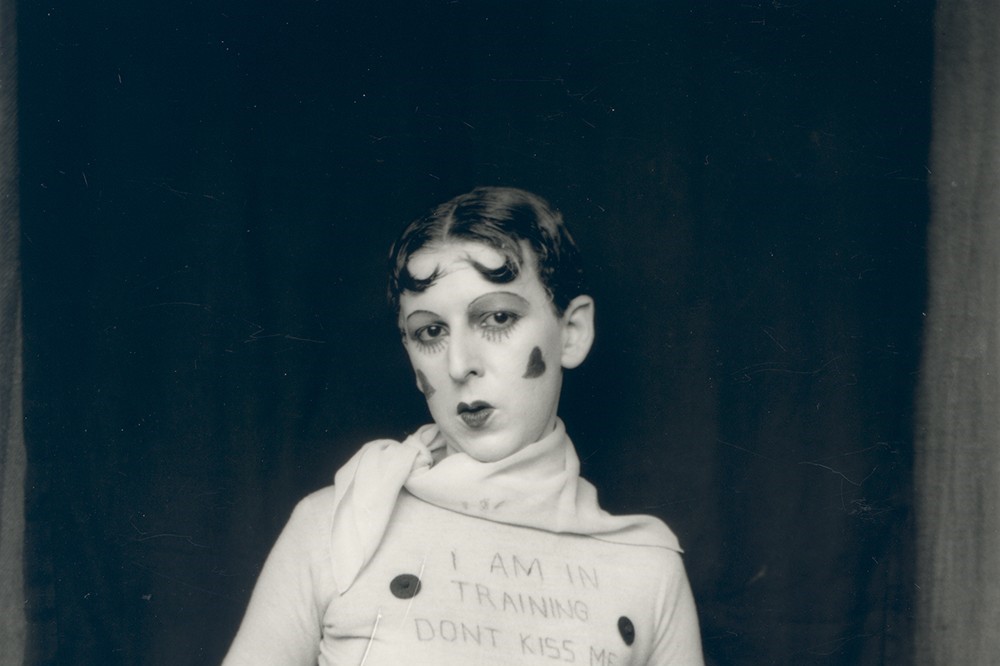
Google Doodle celebrates Claude Cahun, the French surrealist photographer and writer whose works challenged norms around gender and sexuality in the early 20th century, today.
1. Who is Claude Cahun?
She was born October 25, 1894 in Nantes, western France, to a Jewish family. Cahun was the child of newspaper owner Maurice Schwob and Victorine Marie Courbebaisse. The artist (who was born Lucy Schwob) grew up surrounded by creative people: Maurice’s brother was avant-garde writer Marcel Schwob and his uncle was traveller and writer David Léon Cahun.
2. What’s Claude Cahun’s gender?
The artist decided to identify as non-binary, despite gender non-conformity being considered taboo in France at the time, according to Google.
Around 1915, Cahun cut their hair very short and began taking self-portraits against a neutral background, dressed either as a sailor, a sportsman, a dandy or in a men’s suit. In 1917, the artist changed their name, according to the Paris-based Archives of Women Artists, Research and Exhibitions (AWARE).
She has cross-dressing self-portraits that have since become subjects of interest for gender studies and post-modernist theory, according to the archive.
3. Who was Claude Cahun married to?
Cahun met their lifelong partner and collaborator Marcel Moore (who was previously known as Suzanne Malherbe) in 1909. The pair became “stepsisters” nearly a decade later, when Cahun’s father married Moore’s widowed mother, according to the U.K.’s National Portrait Gallery.
The couple moved to Paris in 1914, where they began their artistic collaborations.
The couple produced anti-Nazi propaganda and were arrested in July 1944. They were sentenced to death and imprisoned for nearly a year before Jersey was liberated in May 1945.
4. What makes Claude Cahun different?
The Metropolitan Museum of Art in New York City describes Cahun as “a creative chameleon” who was “keenly attuned to the quintessentially modern condition of self-alienation.”

Cahun’s works examined gender fluidity through literature and self-portraits. Their 1927 photo series “I am in training, don’t kiss me” portrayed the artist as a feminized weightlifter, challenging masculine and feminine stereotypes.
5. What is Claude Cahun best known for?
Cahun is best known today for these self-portraits, but the artist saw themselves primarily as a writer, according to the National Portrait Gallery. In 1930, Cahun published Aveux non avenus (translated into English as Disavowals), which was an “anti-memoir” including 10 photomontages created with Moore.
In 1937, Cahun and Moore settled in Jersey, one of the Channel Islands between Britain and France. They later became actively involved in the resistance movement against the island’s Nazi occupation, the gallery says.
6. Awards received by Claude Cahun
Cahun was awarded the Medal of French Gratitude in 1951 for their resistance work during the Second World War. The artist died in 1954 while Moore died 18 years later in 1972.
Cahun’s self-portraits were forgotten following the Second World War but their works were rediscovered and widely circulated in the 1990s, AWARE says.
H/T: News Week
